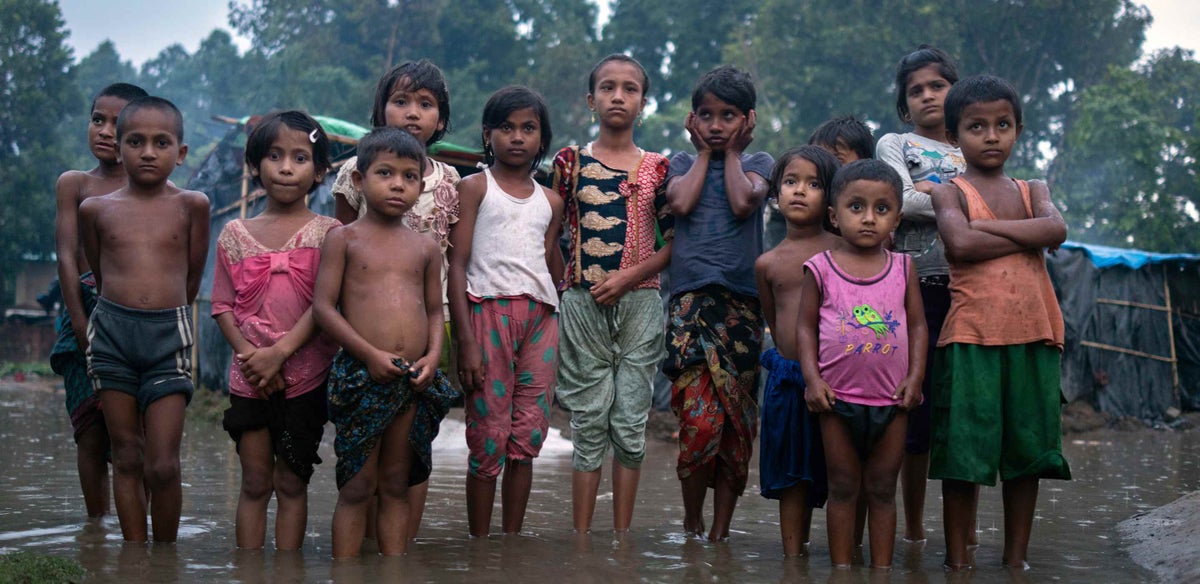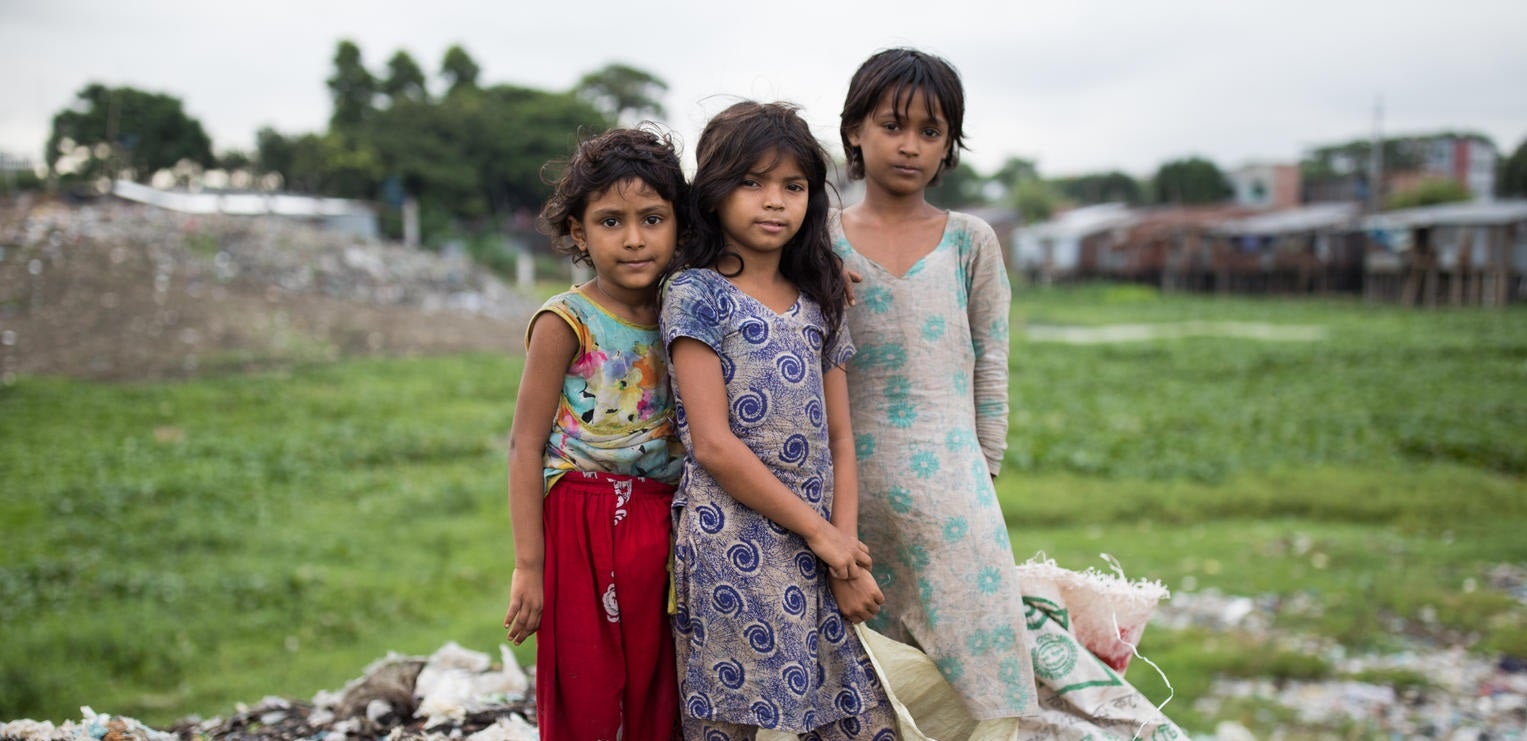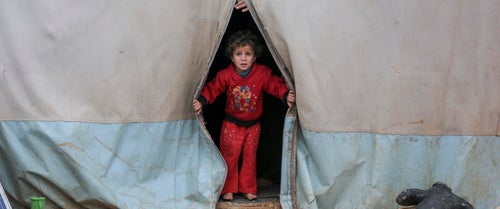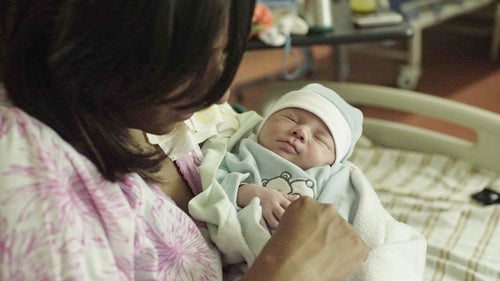Part three of our series profiling Australians making a difference with UNICEF.
First, hundreds of thousands of Rohingya children and their families were forced to flee mass killings, torture and extreme violence in Myanmar.
They arrived in Bangladesh recounting deeply harrowing experiences of brutal attacks and burned homes, with the few belongings they could carry in their arms.
In the months that followed, they built flimsy makeshift shelters and eked out an existence reliant on aid agencies for everything from food, to medicine, healthcare and schooling.
Then, monsoon rains brought further devastation to the Rohingya people - triggering landslides, damaging hundreds of shelters and taking lives.
Now they face another threat.

Two weeks ago, panic swept through Bangladesh’s refugee camps following widespread reports that Rohingya children and their families may be forcibly removed and sent back to Myanmar where many of them were tortured.
The overwhelming majority of these refugees do not want to go back, unless their safety can be guaranteed. For many of them, the trauma they witnessed during their exodus from Myanmar in 2017 is still fresh in their minds.
Back in Myanmar’s northern Rakhine State, Rohingya children and families are still facing violence and hardship, with reports of killings, disappearances and arbitrary arrests as well as limited access to essential services such as health and education.
“The children are really traumatised,” says Peta Barns, UNICEF’s Emergency Logistics Manager.
"And that trauma doesn't go away."

Emergencies are familiar territory for Peta. The Aussie from Perth has worked on crises in war-torn Iraq and helped navigate UNICEF’s ebola response - just to name a few.
For almost a year in Bangladesh, she has been tasked with coordinating the emergency field response for hundreds of thousands of Rohingya refugees.
She said while every disaster is unique, this had “double the complexity”.
"It started with the man-made disaster with the Rohingya leaving Myanmar and then it quite quickly turned to; how do we protect these people from natural disasters?"
Earlier this year, Peta was working to protect hundreds of UNICEF facilities, such as learning centres and health outposts made from bamboo and tarpaulins, from heavy rains during monsoon season.
On July 25, in the overcrowded camps of Cox’s Bazar, where almost half a million children and their communities live, 480 mm of rain fell in just 24 hours. A number of UNICEF services were damaged or destroyed.
But the damage could have been much worse, Peta said.

Months of preparation included moving refugees from landslide-prone areas, reinforcing shelters by distributing extra supplies and working with partners to plan ahead for severe floods and landslides helped limit the amount of destruction in the camps and to UNICEF services such as learning centres and child friendly spaces.
“Everyone was pretty relieved that we got through the monsoon season with limited damage,” Peta said.
“Then we had to prepare for the cyclone season. It just doesn’t stop.”
“When cyclone season finishes then we go to winter, when winter finishes then we are back in the pre-monsoon season.
“This is a country that is disaster prone.”
For most, it is a hopeless environment. But for Peta, the difficult circumstance triggers motivation.
“When you have that tough situation it is a challenge you have to overcome because we know we just have to do it,” she said.
"You just have to push through and understand there is a bigger emergency and you just need to get the job done."
Related articles
Stay up-to-date on UNICEF's work in Australia and around the world
















